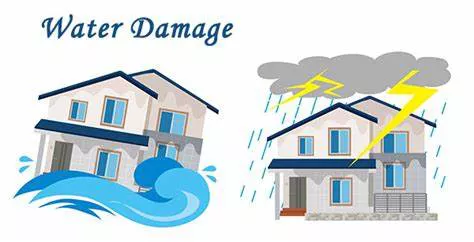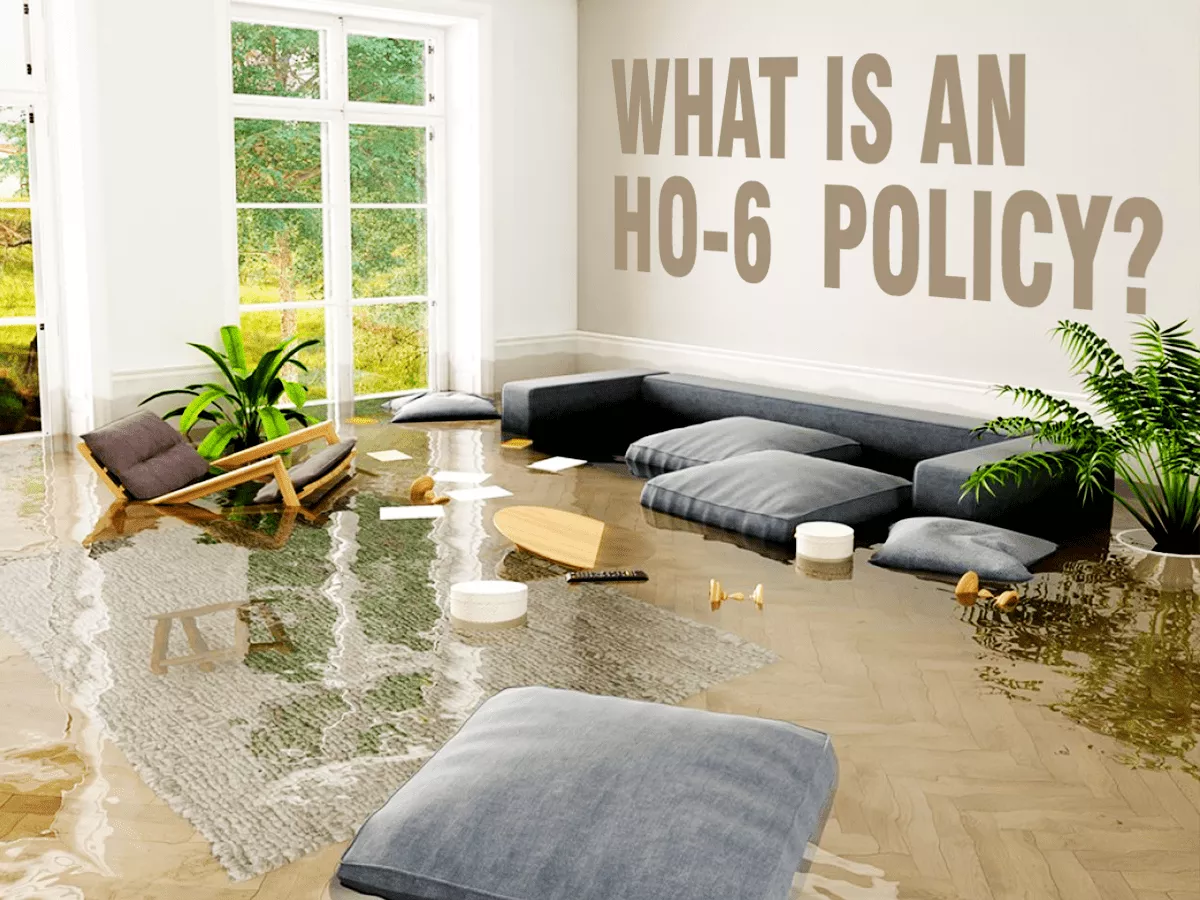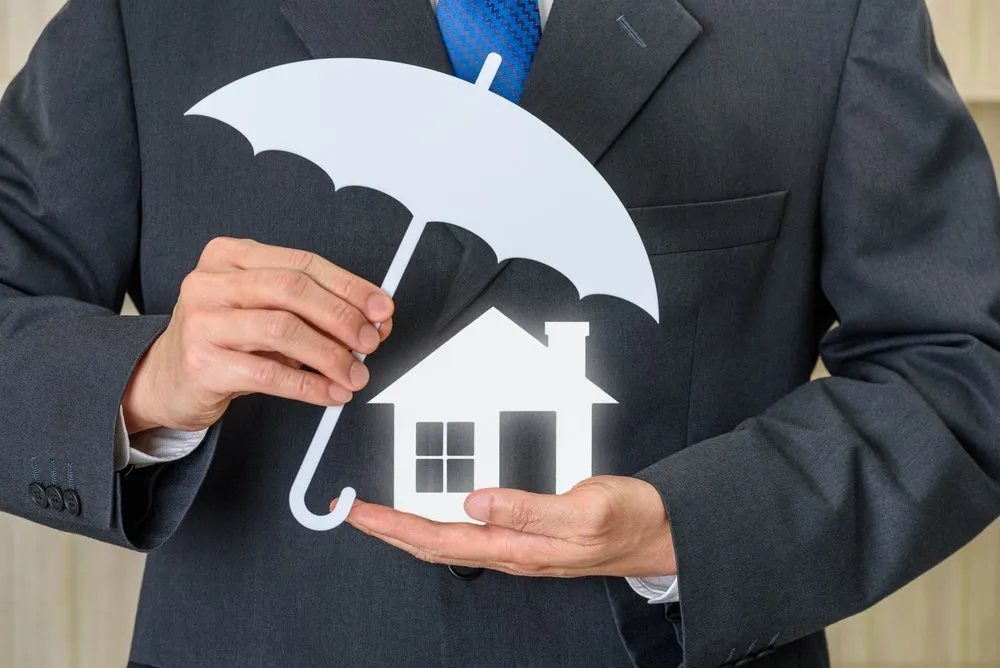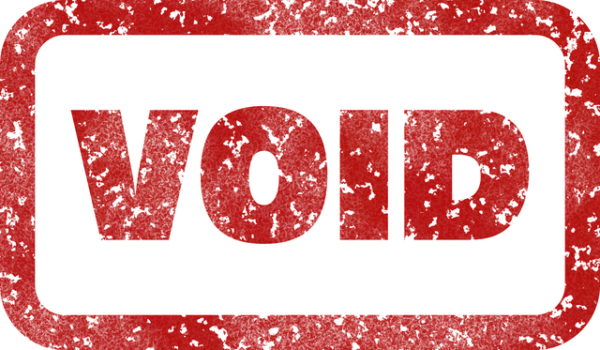Water damage can cause significant and costly issues for homeowners. Knowing how your homeowners insurance covers such damages is crucial. This article will explore the ins and outs of water damage coverage in homeowners insurance, breaking down the details in simple terms and providing comprehensive information to help you understand your policy.
What is Water Damage Coverage?
Defining Water Damage Coverage
Water damage coverage is a component of homeowners insurance that protects against losses caused by water. This coverage typically includes damage from sudden and accidental incidents, such as burst pipes or an overflowing washing machine.
Types of Water Damage Covered
Burst Pipes: Coverage for damage from sudden and accidental pipe bursts.
Accidental Overflows: Protection against water damage from overflowing sinks, bathtubs, and appliances.
Rainwater Damage: Coverage for water damage caused by rain entering your home due to a damaged roof or window.
What Water Damage Coverage Typically Includes
Structural Damage
Water damage coverage usually includes repairs to your home’s structure. This can involve fixing walls, floors, ceilings, and any other structural components damaged by water.
Personal Property
Your policy may also cover damage to personal belongings, such as furniture, electronics, clothing, and other household items. This ensures you can replace or repair items damaged by water.
Additional Living Expenses
If water damage renders your home uninhabitable, your insurance may cover additional living expenses. This includes costs for temporary housing, meals, and other necessary expenses while your home is being repaired.
Water Extraction and Cleanup
Policies often cover the cost of water extraction and cleanup services to prevent further damage and mold growth. This immediate response helps mitigate the extent of the damage.
What Water Damage Coverage May Not Include
Gradual Damage
Gradual damage, such as long-term leaks or wear and tear, is usually not covered. Insurance typically excludes damage that occurs over time due to neglect or lack of maintenance.
Flood Damage
Standard homeowners insurance does not cover flood damage. For protection against flooding, you need a separate flood insurance policy, especially if you live in a flood-prone area.
Sewer Backup
Damage from sewer backups is not typically included in standard policies. However, you can purchase additional coverage to protect against this type of damage.
Understanding Policy Limits and Deductibles
Coverage Limits
Water damage coverage comes with limits, which is the maximum amount your insurer will pay for a covered claim. It’s essential to understand your policy limits to ensure they are sufficient for potential damages.
Deductibles
A deductible is the amount you must pay out of pocket before your insurance coverage kicks in. Higher deductibles usually result in lower premiums, but you need to be prepared to cover these costs in the event of a claim.
How to Ensure Adequate Water Damage Coverage
Review Your Policy
Regularly review your homeowners insurance policy to understand what water damage incidents are covered. This helps you avoid surprises and ensures you have the protection you need.
Consider Additional Coverage
If your policy lacks coverage for specific water damage scenarios, consider purchasing additional coverage. This can include sewer backup coverage or increased limits for high-value items.
Maintain Your Home
Regular home maintenance can prevent many types of water damage. Inspect your plumbing, roof, and appliances regularly to address potential issues before they cause significant damage.
Consult with an Insurance Agent
Consulting with an insurance agent can provide valuable insights into your coverage needs. They can help you assess your risks and recommend appropriate coverage levels to ensure comprehensive protection.
see also:What Home Insurance Should I Get?
Steps to Take When Filing a Water Damage Claim
Document the Damage
Immediately document the damage by taking photos and videos. This evidence is crucial when filing a claim and helps your insurance company assess the extent of the damage.
Prevent Further Damage
Take steps to prevent further damage, such as turning off the water supply or covering damaged areas. Your policy may require you to mitigate damage to qualify for coverage.
Contact Your Insurance Company
Contact your insurance company as soon as possible to report the water damage. Provide them with all necessary details and documentation to initiate the claims process.
Schedule an Inspection
An insurance adjuster will visit your home to assess the damage and determine the payout. Ensure you are present during the inspection to answer any questions and provide additional information.
Get Repair Estimates
Obtain repair estimates from licensed contractors. Providing multiple quotes can help your insurance company determine the appropriate payout for repairs.
Common Water Damage Scenarios and Coverage Examples
Burst Pipe in the Winter
A burst pipe during winter can cause significant damage. Your water damage coverage would typically cover the cost of repairs to the pipe, structural damage, and any personal property affected.
Washing Machine Overflow
An overflowing washing machine can lead to water damage in your laundry room and adjacent areas. Your policy would generally cover the cleanup, repairs to flooring, and replacement of damaged items.
Rainwater from a Damaged Roof
If a storm damages your roof and rainwater enters your home, causing damage to walls and ceilings, your policy would cover the repairs and any affected personal property.
FAQs
1. Does homeowners insurance cover all types of water damage?
No, homeowners insurance typically covers sudden and accidental water damage, such as burst pipes or accidental overflows. However, it does not cover gradual damage, flood damage, or sewer backups unless additional coverage is purchased.
2. How can I prevent water damage in my home?
Regular maintenance, such as inspecting plumbing, roofs, and appliances, can help prevent water damage. Installing water detection devices and maintaining proper drainage around your home are also effective measures.
3. What should I do immediately after water damage occurs?
Document the damage with photos and videos, take steps to prevent further damage, and contact your insurance company to report the incident. Follow their instructions for the claims process.
4. Is flood damage covered under standard homeowners insurance?
No, flood damage is not covered under standard homeowners insurance. You need a separate flood insurance policy to protect against flood-related damages.
5. Can I increase my water damage coverage limits?
Yes, you can increase your coverage limits by purchasing additional coverage or endorsements. Consult with your insurance agent to determine the best options for your needs.
Conclusion
Understanding water damage coverage in homeowners insurance is crucial for protecting your home and belongings. By knowing what is covered, what is excluded, and how to ensure adequate coverage, you can safeguard your home against unexpected water-related incidents. Regular policy reviews, proper maintenance, and professional advice are key to maintaining comprehensive protection. Always be prepared to document and mitigate damage promptly, and follow the claims process diligently to ensure a smooth resolution.





















